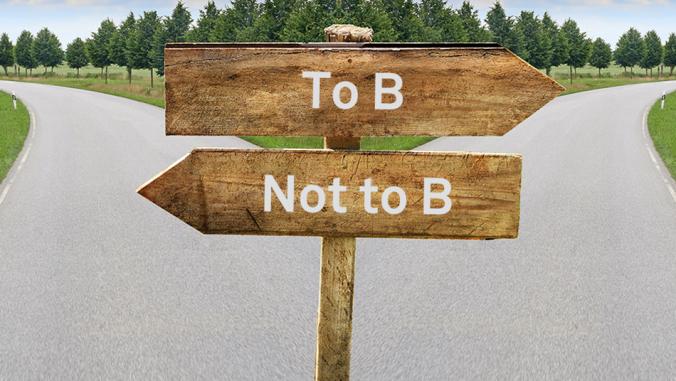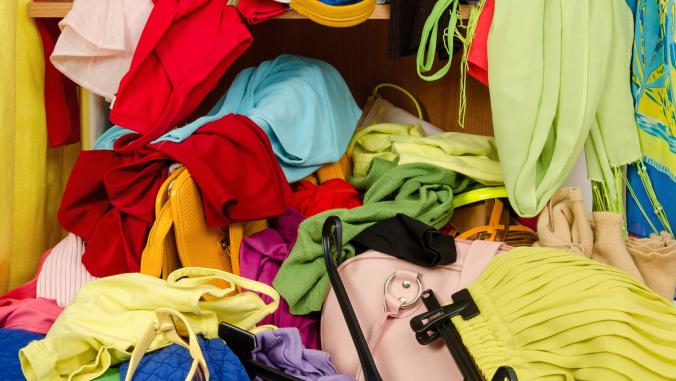Tarnished Gold?
Gold mining is a dirty business, for many reasons. In poor countries, where most of the world’s gold is mined, regulations are lax, cyanide is commonly (and carelessly) used to separate gold from waste rock, and children work under unsafe conditions, literally scratching out a living from the earth.

Gold mining is a dirty business, for many reasons. In poor countries, where most of the world’s gold is mined, regulations are lax, cyanide is commonly (and carelessly) used to separate gold from waste rock, and children work under unsafe conditions, literally scratching out a living from the earth. These problems have been well-documented by NGOS and by reporters for the New York Times, which did a great series on gold in 2005, and more recently in this fine investigative article by the Associated Press.
But corporate America is responding with an ambitious effort to reform the mining industry, led by Tiffany & Co., Wal-Mart, independent jewelers and NGOS. Forward-thinking mining companies like Rio Tinto are on board, too. My new feature story, Green Gold, which appears in the Sept. 15 issue of FORTUNE, looks at their efforts. You can also watch a video of me talking about gold mining (which, if nothing else, tells you why my future lies in print journalism and not on television).
I’m fascinated by this story because it’s emblematic of what is happening in many other sectors of the global economy. Essentially, brand-name retailers, egged on by activist groups, are joining forces to clean up their supply chains, often with a goal of setting standards and certifying products as “green.” You can see it in forestry where retailers like Staples, Office Depot and Home Depot have been persuades by NGOS Forest Ethics and Rainforest Action Network to back standards set by the Forest Stewardship Council. You can see it in fishing where Unilever, McDonald’s and Whole Foods Markets endorse the standards set by the Marine Stewardship Council. The model is coming to the soy and palm oil industries as well, as I recently wrote.
In each sector, one big task of the environmental movement is to “de-commoditize” commodities so that responsible retailers and consumers can use their purchasing power to reward the most environmentally-friendly producers and suppliers. The gold mining story is particularly interesting in this regard because gold is the quintessential commodity: gold from numerous sources is literally melted into bars. Right now, retailers and consumers for the most part don’t know where their your gold is coming from. The idea of “traceability” is a key to efforts to reform mining, and Wal-Mart, to its credit, has worked diligently to find ways to trace gold from mines to market. The first result of its efforts is a new line of jewelry called Love, Earth that debuted this summer.
Here’s how the story begins:
The Bingham Canyon open-pit mine is the biggest hole dug by man anywhere in the world - about 2 1/2 miles long and nearly a mile deep, according to its owner, Kennecott Utah Copper. Miners have been digging copper, silver, and gold out of Bingham Canyon, just outside Salt Lake City, since 1906. These days huge trucks that cost up to $3 million each work around the clock, hauling about 450,000 tons of dirt out of the earth each day. More than 99% is waste. But by expending vast amounts of energy - the mine operates its own coal-fired power plant - Kennecott is able to extract an average of about 795 tons of copper, 12,000 troy ounces of silver, and 1,400 ounces of gold a day.
It’s the gold that Pam Mortensen has come here to see. Mortensen, 52, is in charge of buying fine jewelry for Wal-Mart (WMT, Fortune 500). And recently she has moved the world’s largest retailer to the forefront of a loose alliance of businesses and environmental groups that have set out to clean up gold mining, one of the world’s dirtiest industries.
You can read the rest here online, but it looks and reads much better in the magazine with photographs from Bingham Canyon, as well as portraits of Pam Mortensen and Tiffany’s very impressive CEO, Mike Kowalski.
I hope to have more to say about gold mining in another blog post where I’ll look at the roles of two NGOs, Earthworks and Conservation International, and some controversy over their differing approaches.






